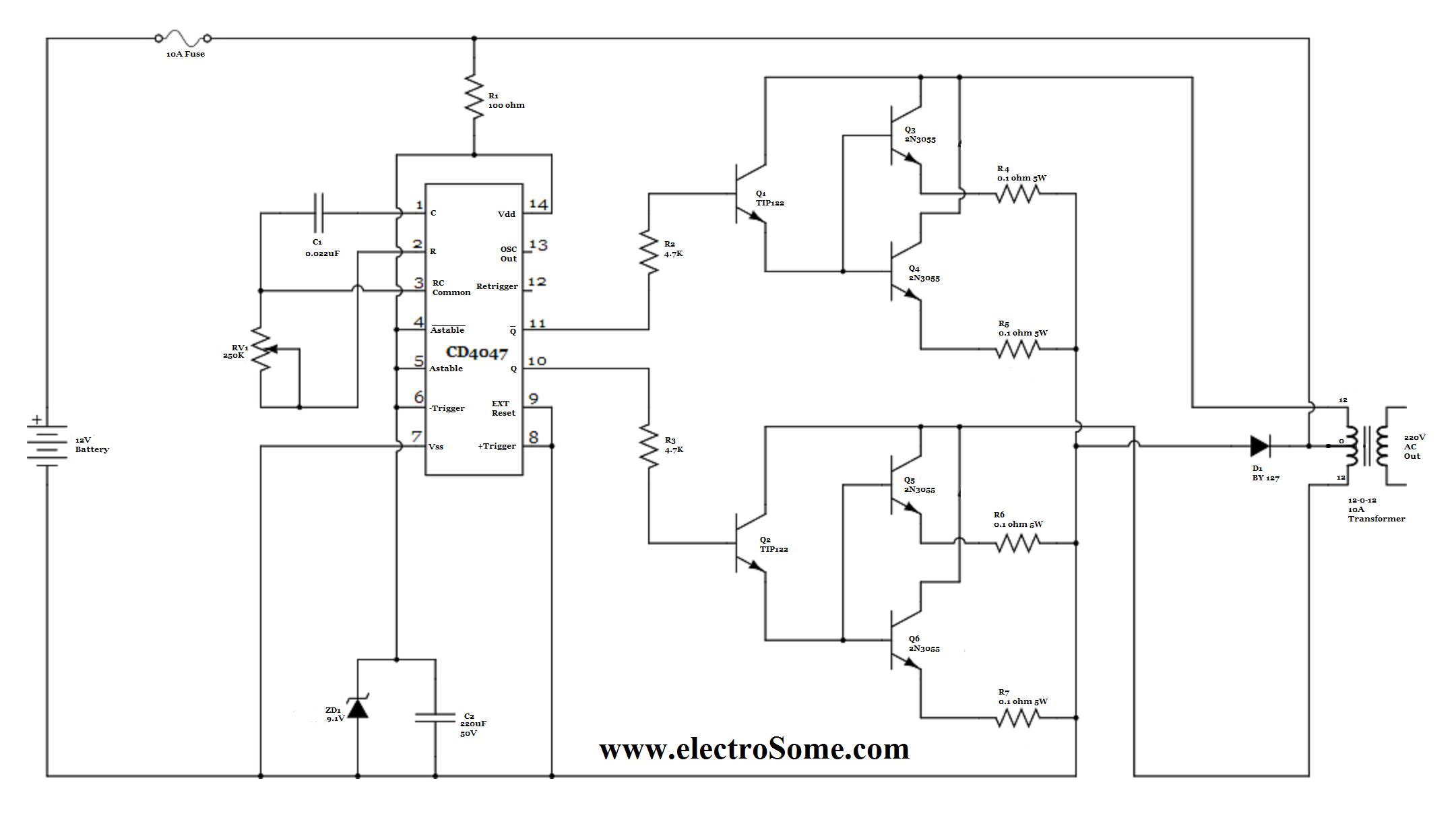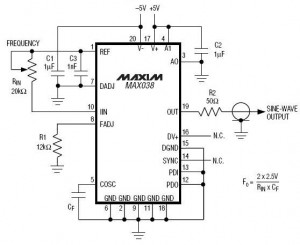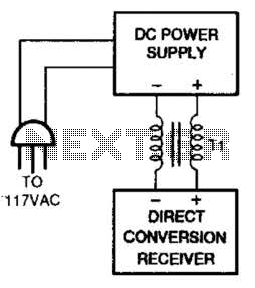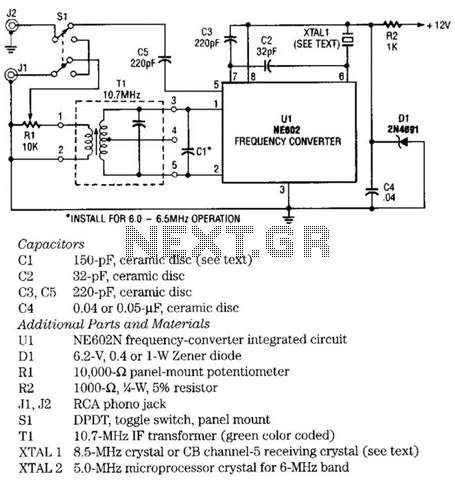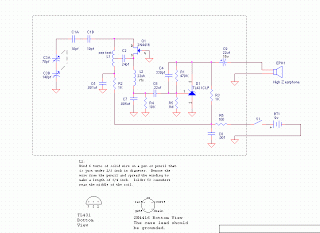
Long wave radio and medium wave radio receiver using TBA120
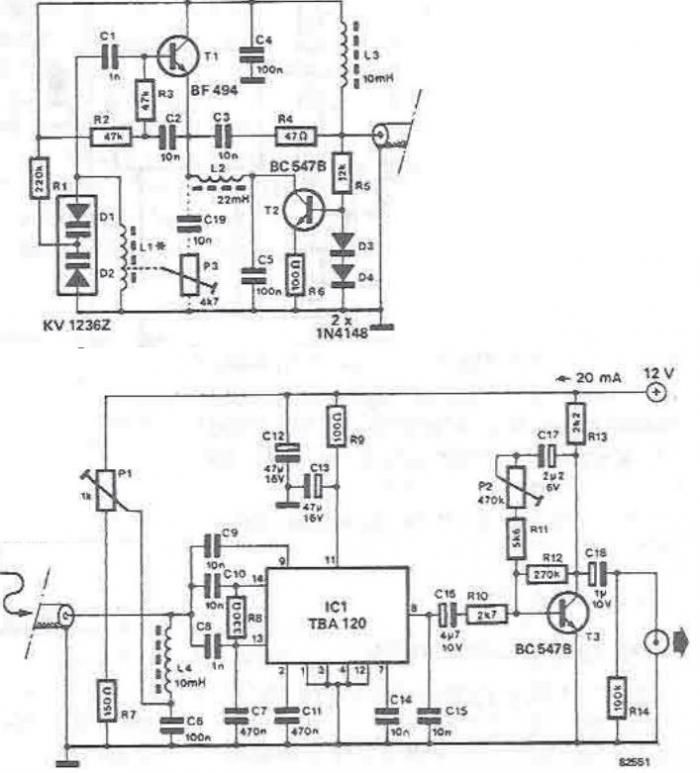
The tuning stage of this long-wave and medium-wave radio receiver also functions as an active antenna, which can be optimally positioned for the best reception. The circuit is completely independent from the receiver, which includes a demodulator that provides an audio-frequency output. The plastic case of the antenna input circuit houses a tuning coil designed on a ferrite bar (L2) and a double diode varicap. The antenna signal is transmitted to the tuning stage through a transistor (T1), which ensures a high impedance output signal to the modulator. The received signal is amplified by the active antenna stage, which is part of the integrated circuit forming the TBA120 modulator. The L2 coil's emitter acts as a shock to L3, disengaging T1 and the voltage supply agreement, thereby preventing the shorting of the RF output signal from the active antenna. L4 performs a similar function for the demodulator. With the exception of L1, the coils can be utilized as standard shock coils. L1 is composed of 250 turns of enameled copper wire with a diameter of 0.2 mm for the long-wave range, and 80 turns of enameled copper wire with a diameter of 0.3 mm for medium waves, both wound on a ferrite bar approximately 20 cm long and 10 mm in diameter. A positive feedback loop is connected to the output of the coil located at one quarter of the total number of turns from the ground end.
The tuning stage operates by utilizing the properties of the ferrite bar, which enhances the inductance and sensitivity of the tuning coil (L2). The double diode varicap allows for voltage-controlled tuning, enabling adjustments to the resonant frequency of the circuit to match the desired radio frequency. The transistor (T1) serves as a buffer, isolating the tuning stage from the modulator while maintaining a high input impedance, thus minimizing signal loss.
The active antenna configuration is designed to improve reception by amplifying weak signals before they reach the demodulator. The TBA120 modulator integrates the necessary components to process the amplified signal and convert it into audio frequencies. The feedback mechanism ensures stability in the circuit operation, preventing oscillations that could degrade performance.
Coil L1, with its specified number of turns and wire gauge, is critical for achieving the desired resonant characteristics for both long-wave and medium-wave bands. The physical dimensions of the ferrite bar are optimized for these frequencies, ensuring efficient signal capture and amplification. The placement of the feedback loop at a quarter turn from the ground end of the coil is crucial for maintaining the desired phase relationship, which enhances the overall performance of the tuning stage.
Overall, the described circuit is a sophisticated design that effectively combines an active antenna and a tuning stage, ensuring high-quality reception of long-wave and medium-wave signals. The careful selection of components and their configuration contributes to the circuit's ability to function efficiently in various reception conditions.Tuning stage of this long wave radio and medium wave radio receiver also serves as active antenna that can be favorably positioned to get the best reception possible. Circuit is completely separate from the receiver, which consists of demodulator that provides audio-frequency output.
Plastic case of the antenna input circuit contains a tuning coil designed on a ferrite bar (L2) and a double diode varicap. Antenna signal is transmitted to the tuning stage via a transistor (T1) repeatedly emitter ensuring a high impedance output signal to the modulator. Received signal is amplified by the stage forming active antenna, but a part of the integrated circuit forming TBA120 modulator.
L2 coil emitter serves as a shock to L3 disengages T1 and voltage supply agreement, and thereby prevents shorting the RF output signal of the active antenna. L4 does the same thing for the demodulator. With the exception of L1, coils can be used for standard shocks coils. L1 consists of 250 turns of enamelled copper wire of 0. 2 mm diameter, long-wave range, and 80 turns of enameled copper wire of 0. 3 mm diameter (for medium waves) that is wrapped on a ferrite bar length about 20 cm and a diameter of 10 mm.
Positive feedback loop is connected to an outlet of the coil located at one quarter the number of turns from the end of the ground. 🔗 External reference
The tuning stage operates by utilizing the properties of the ferrite bar, which enhances the inductance and sensitivity of the tuning coil (L2). The double diode varicap allows for voltage-controlled tuning, enabling adjustments to the resonant frequency of the circuit to match the desired radio frequency. The transistor (T1) serves as a buffer, isolating the tuning stage from the modulator while maintaining a high input impedance, thus minimizing signal loss.
The active antenna configuration is designed to improve reception by amplifying weak signals before they reach the demodulator. The TBA120 modulator integrates the necessary components to process the amplified signal and convert it into audio frequencies. The feedback mechanism ensures stability in the circuit operation, preventing oscillations that could degrade performance.
Coil L1, with its specified number of turns and wire gauge, is critical for achieving the desired resonant characteristics for both long-wave and medium-wave bands. The physical dimensions of the ferrite bar are optimized for these frequencies, ensuring efficient signal capture and amplification. The placement of the feedback loop at a quarter turn from the ground end of the coil is crucial for maintaining the desired phase relationship, which enhances the overall performance of the tuning stage.
Overall, the described circuit is a sophisticated design that effectively combines an active antenna and a tuning stage, ensuring high-quality reception of long-wave and medium-wave signals. The careful selection of components and their configuration contributes to the circuit's ability to function efficiently in various reception conditions.Tuning stage of this long wave radio and medium wave radio receiver also serves as active antenna that can be favorably positioned to get the best reception possible. Circuit is completely separate from the receiver, which consists of demodulator that provides audio-frequency output.
Plastic case of the antenna input circuit contains a tuning coil designed on a ferrite bar (L2) and a double diode varicap. Antenna signal is transmitted to the tuning stage via a transistor (T1) repeatedly emitter ensuring a high impedance output signal to the modulator. Received signal is amplified by the stage forming active antenna, but a part of the integrated circuit forming TBA120 modulator.
L2 coil emitter serves as a shock to L3 disengages T1 and voltage supply agreement, and thereby prevents shorting the RF output signal of the active antenna. L4 does the same thing for the demodulator. With the exception of L1, coils can be used for standard shocks coils. L1 consists of 250 turns of enamelled copper wire of 0. 2 mm diameter, long-wave range, and 80 turns of enameled copper wire of 0. 3 mm diameter (for medium waves) that is wrapped on a ferrite bar length about 20 cm and a diameter of 10 mm.
Positive feedback loop is connected to an outlet of the coil located at one quarter the number of turns from the end of the ground. 🔗 External reference
